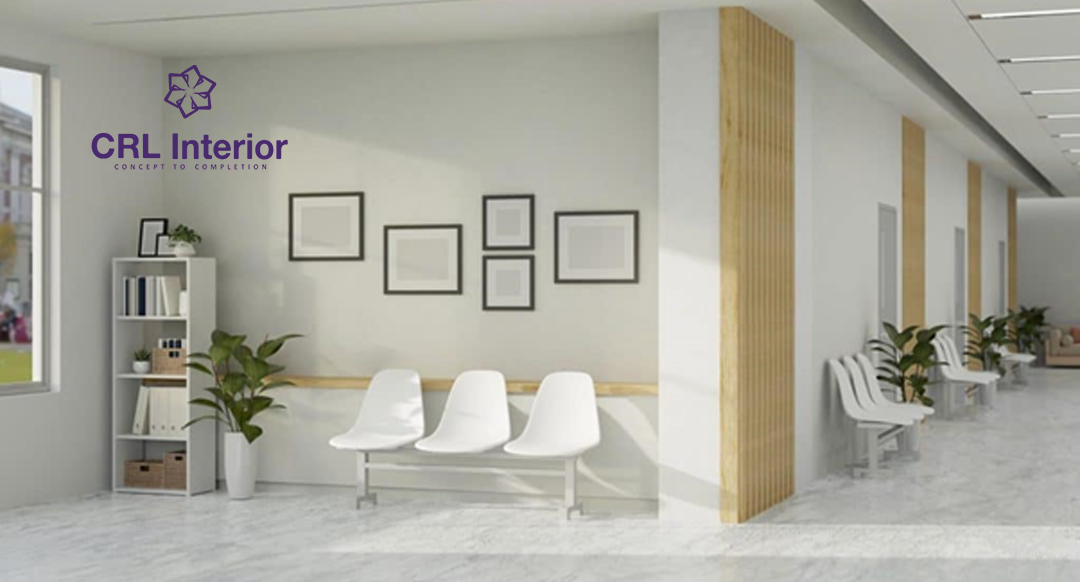When we think of hospitals, we often focus on medical equipment, doctors, and treatment. But beneath the surface, there’s another powerful force quietly influencing patient outcomes and staff performance — the design of the interior spaces. Thoughtfully designed hospital interiors do more than just look appealing; they play a vital role in the healing process.
The Psychology of Space in Healthcare
Research shows that our environment significantly impacts our mental and physical well-being. Hospital interiors that incorporate natural light, calming colors, and nature-inspired elements can reduce stress, anxiety, and even pain perception in patients. These design elements create a sense of comfort and safety, which is essential in a place where people often feel vulnerable.
Function Meets Empathy
Healing environments must be more than functional — they must be empathetic. Interior layouts that minimize noise, offer privacy, and provide clear wayfinding reduce confusion and discomfort for both patients and visitors. Intuitive design can also enhance the workflow for healthcare professionals, improving efficiency and reducing burnout.
Nature and Light: The Silent Healers
Biophilic design — incorporating natural elements like plants, water features, or views of greenery — has been shown to accelerate healing. Similarly, maximizing natural daylight not only helps regulate circadian rhythms for patients but also boosts the mood and energy of staff members working long shifts.
Color and Material Matters
Color psychology plays a subtle yet profound role. Soft, neutral tones can create a soothing atmosphere, while brighter accents may energize and uplift. Non-glare surfaces, antimicrobial materials, and seamless flooring help maintain hygiene without compromising on aesthetics — a critical balance in clinical settings.
Spaces that Support All Users
Inclusive hospital design also considers the needs of families, caregivers, and diverse patient populations. Comfortable waiting areas, child-friendly zones, spiritual spaces, and accommodations for people with disabilities all contribute to a holistic healing environment.
Conclusion: Design is a Silent Partner in Care
Interior design is an invisible caregiver — always present, never intrusive, yet constantly shaping experiences and outcomes. When done right, hospital interiors become a canvas of care, blending science, sensitivity, and style to foster healing and hope.
